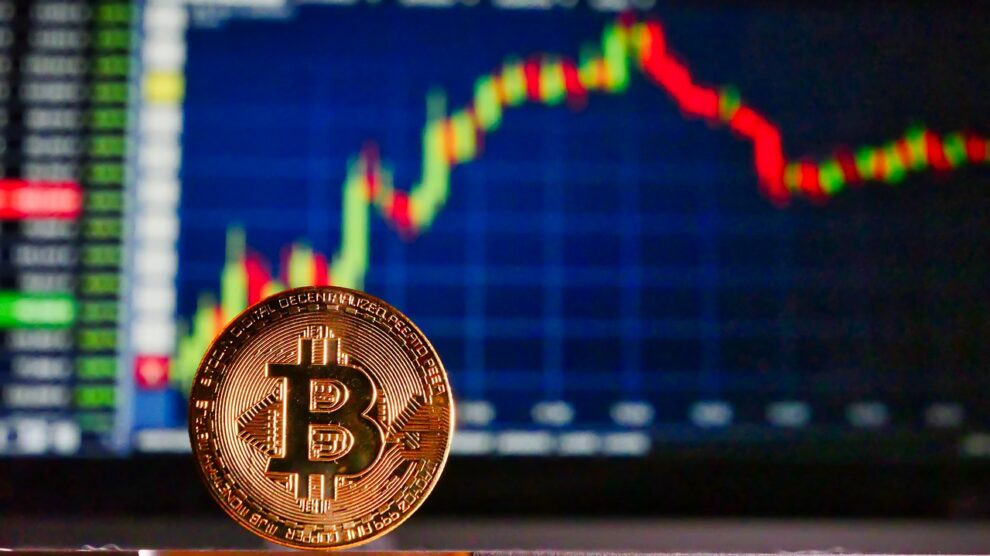Bitcoin has led to interesting discussions about economics, finance, trade, monetary policy, etc. However, the price volatility of Bitcoin is one major concern for many people. To what extent are these concerns justified?
Let us start with the definition of volatility. Volatility in financial markets and especially cryptocurrencies can be defined as follows: It can be thought of as how much a value fluctuates over time and is measured by the annual standard deviation (square root of variation) or variance (difference from the average return). A higher value for volatility often results in a lower value for an asset’s price. For starting your bitcoin journey, you need to Bitcoin Revolution login and then you have much to deal with bitcoin price fluctuations.
Bitcoin as a Digital Gold
Bitcoin has been called digital gold due to its scarcity and usage properties such as borderless transferability and fungibility. However, there has been no good measure so far of the price volatility of Bitcoin. A good indicator that can be used is the annual standard deviation. The more volatile an asset, the higher its annual standard deviation will be compared to other assets. One major problem with Bitcoin is that this volatility cannot be predicted like some other important financial variables (e.g., inflation, GDP growth).
To compare Bitcoin’s price volatility with gold and US dollars, we need data on both of these assets for at least five years or preferably longer. I collected daily prices over a period of over four years (1/1/13-8/4/17) for Bitcoin (BTC), gold (XAUUSD), and USD. Because they are collected at different times, these prices have most likely been normalised to account for the different prices.
The next step is to find a measure of volatility. As mentioned earlier, the standard deviation would be such a measure because it is ‘the square root of variation.’ I used percentages (in other words, ($BTC_daily-Avg BTC daily price)/Avg BTC daily price) as my unit of measurement here and also multiplied by 100 to make things easier.
The table below shows these results. To give you an idea about the differences in volatility between Bitcoin, gold, and US dollars: one standard deviation away from the average BTC daily price during this period was around +/-32% compared with 9% for gold and 5% for USD. However, I have excluded the 2013-end-2014 period in the table because it is very much an outlier.
During this particular period, Bitcoin was way more volatile than gold, which can also be seen when looking at daily volatility. For example, the highest daily standard deviation for BTC was around +/-34 percent while it was only +/-12 percent for XAUUSD and +/-6 percent for USD. One of the obvious reasons why Bitcoin is so much more volatile than US dollars or gold is because gold and US dollars have a certain status as central bank reserve assets and they are not expected to decline in value significantly overnight whereas new bitcoins come into circulation through mining every day (or rather approximately every 10 minutes).
Gold production follows a similar pattern over time, but it’s bars are not as easy to transfer as bitcoins. As for US dollars, they are created by the Federal Reserve System (the Fed) and commercial banks when they make loans. The Fed can increase or decrease the money supply through this activity whereas Bitcoin is limited to 21 million coins with no ability to expand beyond that.
The next step is to look at how daily returns of BTC, XAU USD, and USD relate to their respective annual volatility measures. To do so, I calculated the Pearson correlation coefficients between each pair of variables using Excel’s CORREL formula. The results can be seen in the table below where a value above 0 indicates a strong positive relationship.
For example, the most positive correlation, which means that two variables move in similar directions i.e., if BTC increases significantly one day compared with its average daily price, it is likely that USD and gold will also increase significantly. It should be noted that the table shows correlations only and not causality.
Conclusion
After this analysis, we can see that Bitcoin’s volatility (BTC) is positively correlated with gold’s volatility (XAUUSD). This means that when BTC increases significantly in one day compared to its average daily price, XAUUSD tends to increase as well. To put it another way, if you want to hedge against Bitcoin’s price volatility with gold then it would seem like a good idea because of this positive correlation between BTC and XAU USD. As for the US dollars (USD), there is no statistically significant evidence of a relationship between BTC and USD on a daily basis so hedging against BTC volatility with USD is not such an effective strategy.





